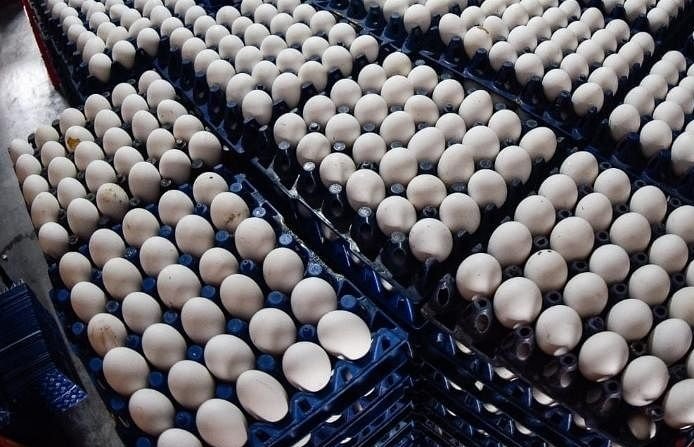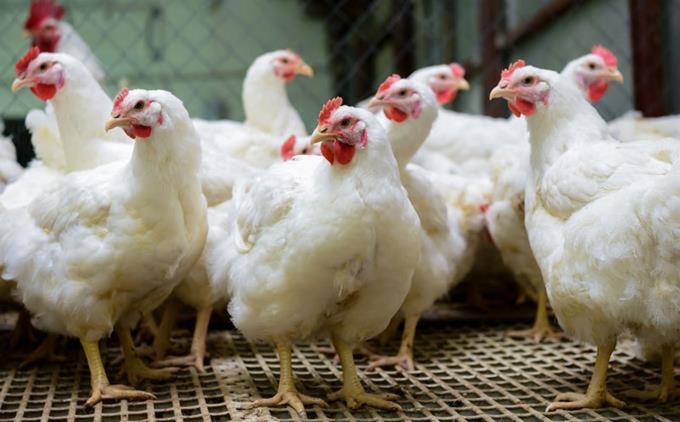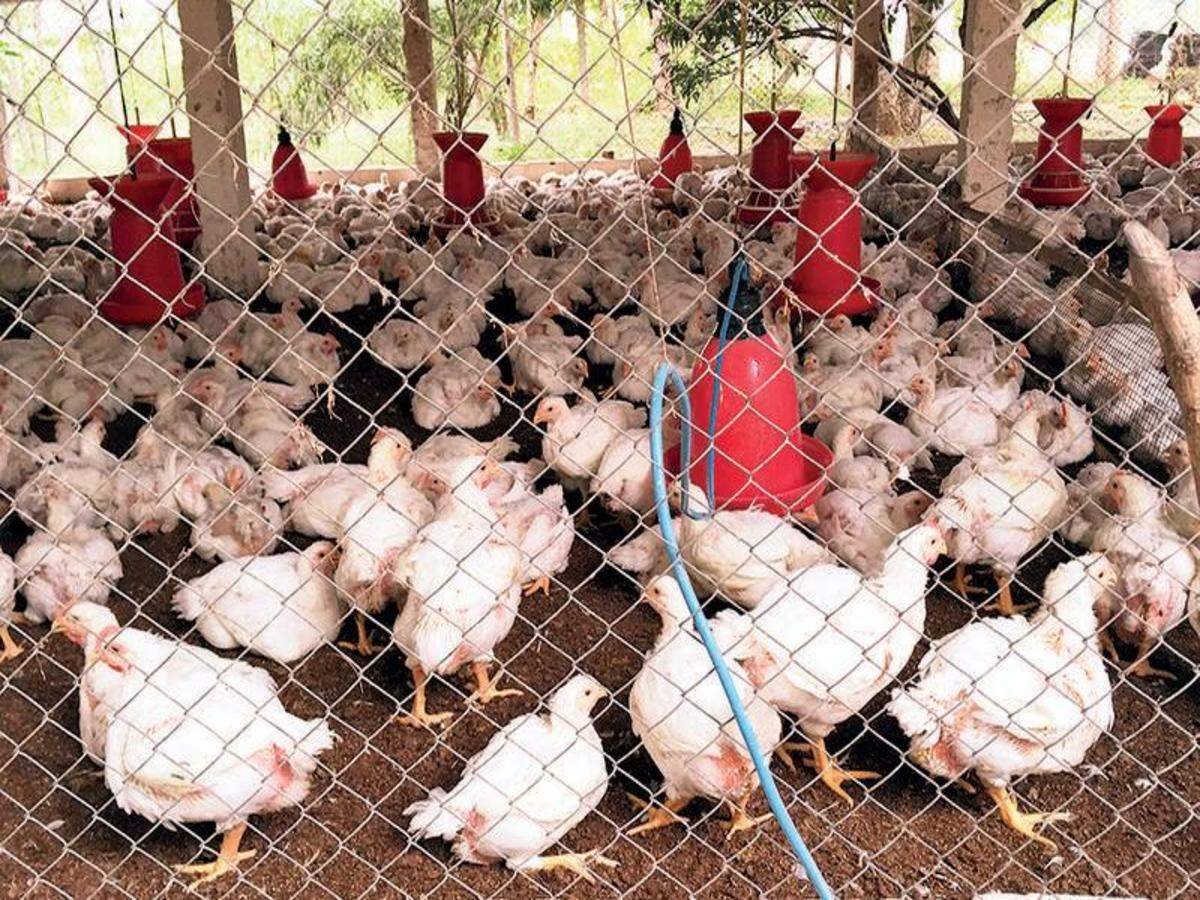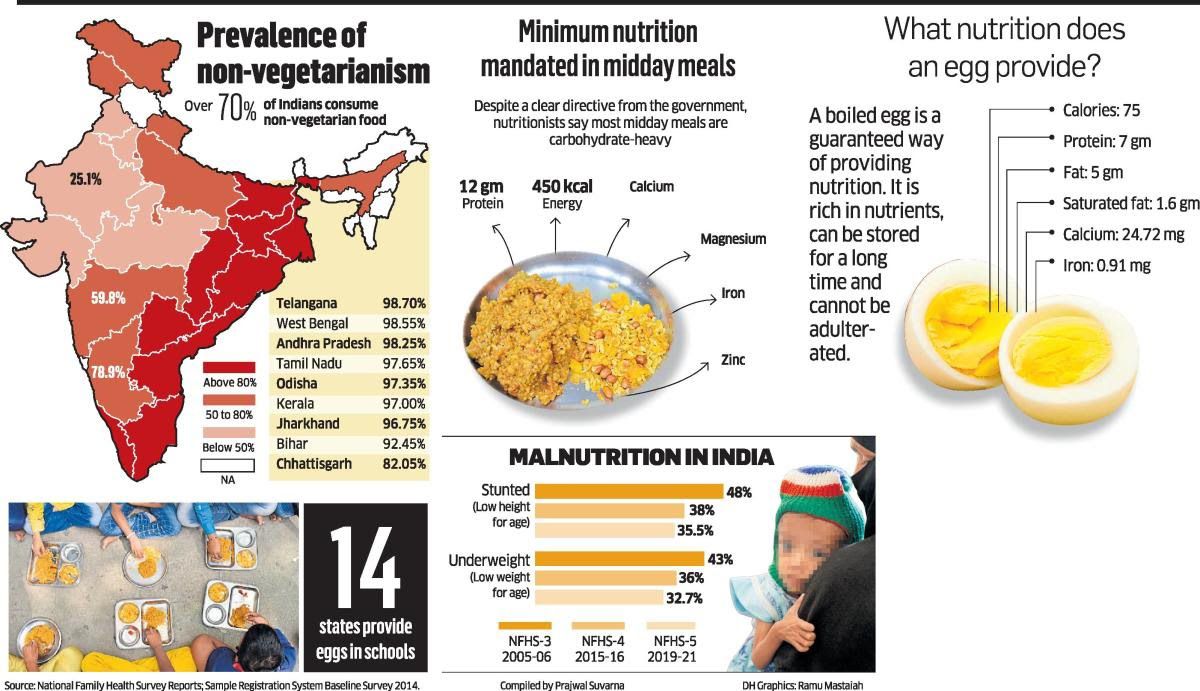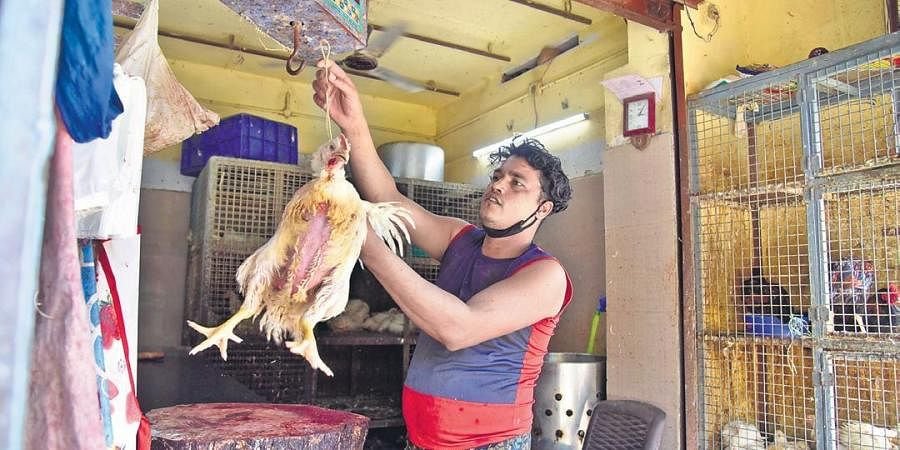Dead Bird Disposal
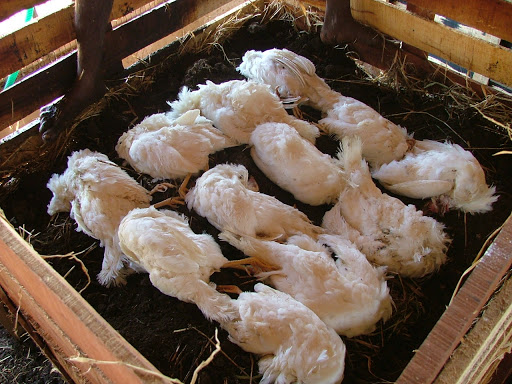
Dead Poultry Disposal
Dead poultry on farms can cause nuisance, odor and aesthetic problems; surface and groundwater pollution; disease; and insect, rodent and predator problems if the birds are not disposed of daily. Proper management of dead birds is vital from the stand point of avoiding nuisance complaints. The disposal of dead poultry is an increasingly complex problem for all poultry men. Recent it becomes responsibility of each producer to adopt and maintain an environmentally sound method of dead bird disposal. The disposal methods for disposal are: composting, incineration. Disposal pits or ground disposal methods is a routine practice in India, except in the case of a massive die-off. The various disposal alternatives each require appropriate management on a daily basis. Producers should evaluate alternatives and implement the most feasible method. Advice and assistance obtained from cooperating agencies can be of significant value in minimizing mistakes and future problems. Composting and incineration are currently recognized as the most feasible authorized options for producers.
Composting
There has been an increased interest in composting as a means of dead bird disposal in recent years . Composting requires the use of primary and secondary compost bins and the use of hay, litter and water to decompose carcasses. Strict discipline on the part of employees and managers is required to assure that the composting process is properly maintained. Special heavy equipment to turn and move the composting materials is essential to ensure satisfactory decomposition of carcasses. The bulky composted material then must be disposed of in an acceptable manner. Composted carcasses cannot be spread on pastureland because of the potential for botulism poisoning in grazing animals. Instead, the material may be opportunity for direct contact with the compost. Considerations of composting include:
- · Construction of proper facilities;
- · Heavy-equipment needs, including use of a front-end loader;
- · Daily management, monitoring and turning requirements of compost;
- · Ensuring no contact with livestock if compost is applied to land;
- · Availability of necessary inputs of litter, straw and water.
Incineration
Incineration can be a convenient and environmentally safe method to dispose of dead birds. However, expensive,
Smokeless incinerators are required. They must be properly operated, maintained and replaced as needed. Nuisance
complaints about smoke and odor caused by poor maintenance and improper operation of incinerators are common.
Incinerators must be operated properly to maximize equipment life and to minimize problems with emissions. Loading and operation should follow manufacturer recommendations. Ashes should be removed frequently to maximize combustion and prevent damage to equipment. Considerations include:
- · Equipment emissions that meet air quality standards;
- · Availability of cost-share funds;
- · Expense of fuel in relation to increased operating costs;
- · Maximum burn rate of 200 pounds per hour. It is advisable and less expensive to limit the burn rate to
100 pounds per hour.


